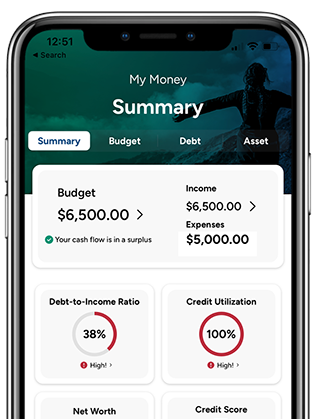College has become a financial burden on many families, and students are looking for other avenues to pay for their educations. Student loans have become an increasingly necessary part of getting a college education.
Before taking out student loans, it’s important to understand the difference between the different kinds of loans. There are federal and private loans, and different interest rates based on the type of loan.
Stafford Loans
The most common federal education loans, Stafford loans can be either subsidized or unsubsidized. Students eligible for Stafford loans must be citizens or eligible non-citizens, and be enrolled in at least half time in an eligible degree or certificate program. Repayment begins six months after the student graduates, withdraws, or enrollment drops below half-time.
Did you know?
- As of 2012, Federal Subsidized Stafford Loans are no longer available to graduate students. They can still receive Federal Unsubsidized Stafford Loans, however.
- Graduate students in the health profession have different aggregate borrowing limits.
- Loans disbursed before July 1, 2006 could have a variable interest rate that changes annually. Contact your loan holder for more information.
- Undergraduate independent and dependent students with parents who are unable to obtain a PLUS loan can borrow a base amount of Stafford loans, both subsidized and unsubsidized.
Get more information on Stafford loans.
Perkins Loans
Designed for undergraduate and graduate students with exceptional financial need, Perkins loans are eligible to U.S. citizens or eligible non-citizens who are enrolled at least half time in an eligible degree or certificate program. Borrowers need to begin repayment nine months after graduation, withdrawal, or falling below half-time enrollment.
Did you know?
- Interest rate for Perkins loans is fixed at 5 percent. While the borrower is in school, grace period, or an approved deferment period, the government pays the interest.
- The loan servicer is usually different from other federal loans, and can be your school or a company chosen by the school.
Get more information on Perkins loans.
Parent Plus Loans
Designed for natural or adoptive parents or guardians of dependent eligible undergraduate students, borrowers must have solid credit and may need a co-signer. These loans are not based on financial need, and are limited at the total cost of attendance at the student’s school, minus all other aid. These are available at a higher interest rate than Stafford or Perkins loans.
Did you know?
- Some loans taken prior to July 1, 1993 may be eligible for in-school deferment.
- These loans have no annual or total borrowing limit.
- Grad PLUS loans are similar to the Parent PLUS Loans except that the borrower is a graduate or professional student. They must have solid credit, plus be eligible in terms of citizenship and enrollment. A co-signer may be required.
Get more information on Parent PLUS loans.
Pell Grants
Though not a loan, a Federal Pell Grant helps ease the cost of education for students that complete the Free Application for Federal Student Aid (FAFSA). The amount awarded depends on the student’s financial need, cost for attending school, and student status. These are designed for low-income undergraduate and post baccalaureate students.
Did you know?
- Financial need is determined by a standard formula used by the U.S. Department of Education.
- The grants may be used at participating secondary institutions – there are roughly 5,400 in the U.S.
Get more information on Pell Grants.
ACCC provides links to other services but does not endorse non-ACCC websites or validate their content.

